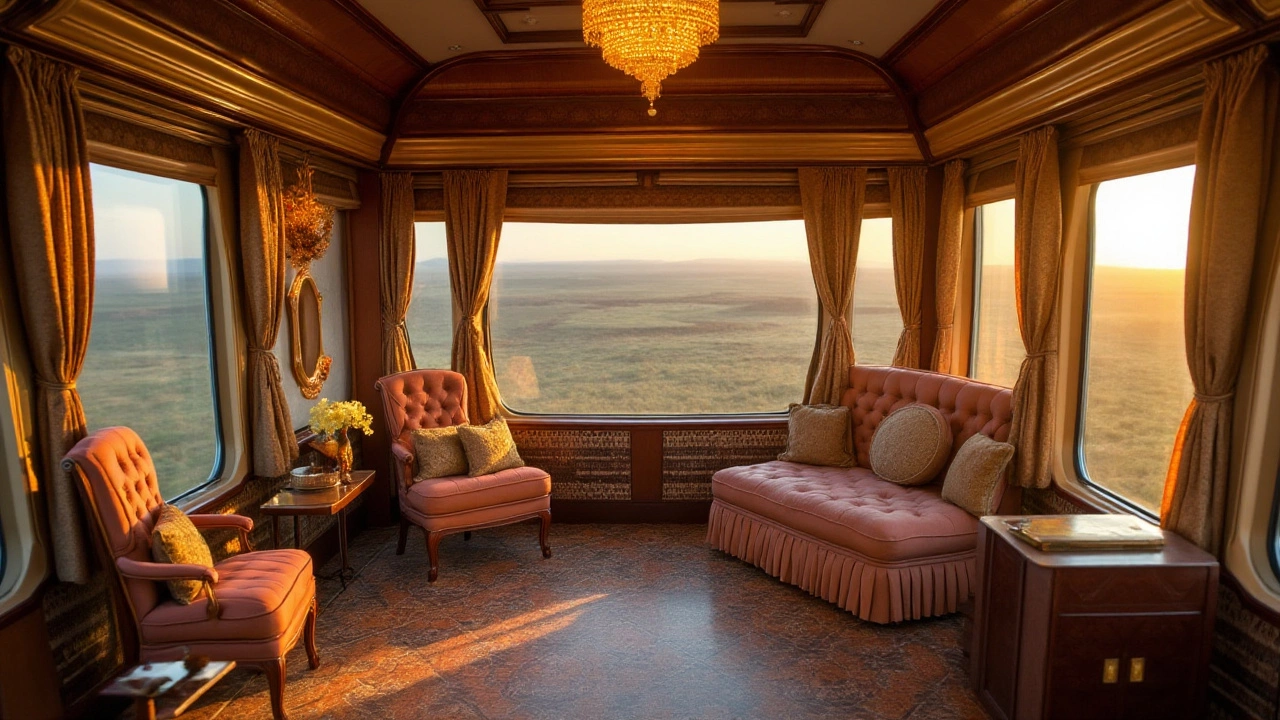Ticket Price for Jungle Camps in India: What You Really Pay
When you hear ticket price, the cost to enter or book a guided experience at a jungle camp in India, most people think of a simple entrance fee. But in reality, jungle camp cost, the total expense for staying overnight in a wilderness retreat with activities included covers way more—transport, guides, meals, permits, and sometimes even wildlife tracking gear. It’s not like buying a movie ticket. You’re paying for access to protected land, trained local staff, and a carefully planned experience that keeps both you and the environment safe.
India wildlife tours, organized excursions into national parks and forest reserves that include accommodation and guided activities vary wildly in price. A basic overnight stay in a simple tent near Bandhavgarh might cost under ₹3,000 per person, while a luxury safari lodge with private vehicle and expert naturalist can run over ₹25,000. Why? It’s not just the bed. It’s the permit fees the park charges, the fuel for the jeep, the guide’s salary, the food cooked fresh that day, and the fact that you’re supporting conservation efforts. Some camps include park entry fees in their price. Others charge them separately—you’ll need to ask upfront. Don’t assume the price you see online is the final number.
There’s also adventure travel India, a category of trips focused on active, immersive experiences like trekking, river rafting, or night safaris in remote areas. These often cost more because they require extra logistics—special permits for restricted zones, ropes, safety gear, and guides certified in first aid. A night in a treehouse near Ranthambore might look cheap, but if it includes a guided night walk through the buffer zone, you’re paying for expertise, not just a roof.
And don’t forget seasonal shifts. Monsoon season slashes prices because fewer tourists come. Winter? That’s peak. Prices jump 50–100% because the weather’s perfect and animals are easier to spot near water holes. Booking early doesn’t always save you money—some camps lock in rates only if you pay a deposit. Others wait until 30 days out and raise prices if demand spikes.
What you’ll find in the posts below are real examples from travelers who’ve been there. You’ll see how much a family paid for a 3-day stay in Karnataka versus a solo traveler’s budget hack in Madhya Pradesh. You’ll learn which camps hide fees in fine print, which ones include everything, and which ones are worth every rupee because the guide knew exactly where to find the leopard. No marketing fluff. Just what people actually paid, when they paid it, and what they got for it.
